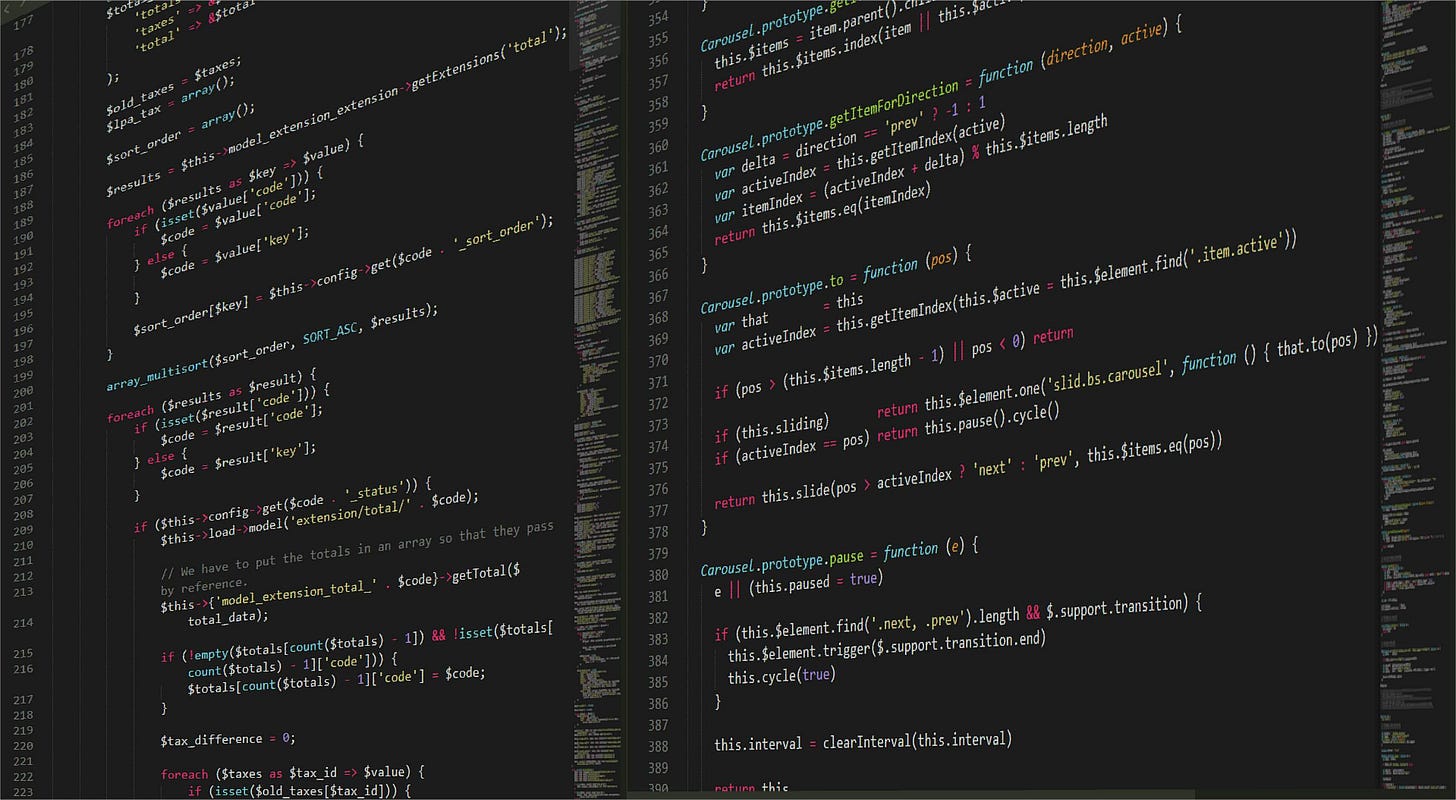The Algorithmic Age: How Algorithms are Shaping Our World
The Ubiquitous Influence of Algorithms: From Diagnostics to Delivery Systems
Algorithms are the unsung heroes of the digital age, underpinning countless aspects of our daily lives. From the moment we wake up to the time we go to sleep, algorithms play a crucial role in making our world more efficient, convenient, and interconnected. Let's explore some of the most impactful real-world applications of algorithms across various industries.
Healthcare: Precision Medicine and Diagnostics
In healthcare, algorithms are revolutionizing the way diseases are diagnosed and treated. Machine learning algorithms analyze vast amounts of medical data to identify patterns and predict outcomes, enabling doctors to provide personalized treatments. For example:
Medical Imaging: Algorithms enhance the accuracy of image analysis, aiding radiologists in detecting abnormalities in X-rays, MRIs, and CT scans. Google's DeepMind has developed an AI system that can diagnose eye diseases with accuracy comparable to that of human specialists.
Predictive Analytics: Predictive models analyse patient data to forecast disease progression and potential complications. This helps in early intervention and improves patient outcomes.
Drug Discovery: Algorithms speed up the drug discovery process by predicting how different compounds will interact with biological targets, significantly reducing the time and cost involved in bringing new medications to market.
Finance: Risk Management and Fraud Detection
In the finance sector, algorithms are indispensable for managing risks, detecting fraudulent activities, and optimising investment strategies.
Algorithmic Trading: High-frequency trading algorithms execute trades at lightning speed, taking advantage of market inefficiencies and generating profits in fractions of a second. These algorithms analyse market trends, historical data, and even social media sentiment to make informed trading decisions.
Fraud Detection: Machine learning models detect unusual transaction patterns that may indicate fraudulent activity. By continuously learning from new data, these algorithms become increasingly adept at identifying and preventing fraud.
Credit Scoring: Credit scoring algorithms assess the creditworthiness of individuals and businesses by analysing various financial behaviours and histories. This allows lenders to make more accurate lending decisions, reducing the risk of defaults.
Transportation: Optimising Routes and Enhancing Safety
Transportation systems rely heavily on algorithms to improve efficiency, reduce costs, and enhance safety.
Route Optimisation: Algorithms like Dijkstra's and A* (A-star) are used in navigation systems to find the shortest or fastest routes, taking into account real-time traffic data. Ride-sharing apps like Uber and Lyft use sophisticated algorithms to match drivers with passengers and optimise routes.
Autonomous Vehicles: Self-driving cars use a combination of computer vision, sensor fusion, and machine learning algorithms to navigate roads, avoid obstacles, and make split-second decisions to ensure passenger safety.
Logistics: Companies like FedEx and UPS utilise algorithms for dynamic routing and load optimisation, ensuring packages are delivered efficiently and on time.
E-commerce: Personalisation and Recommendation Systems
E-commerce platforms leverage algorithms to enhance the shopping experience and drive sales.
Recommendation Engines: Algorithms analyze user behaviour, preferences, and purchase history to suggest products that are likely to interest them. Amazon's recommendation engine is a prime example, contributing significantly to its revenue.
Dynamic Pricing: Machine learning models adjust prices in real time based on demand, competition, and other market factors. This ensures competitive pricing while maximising profits.
Search Optimisation: Algorithms improve search results by understanding user intent and providing relevant product listings, making it easier for customers to find what they're looking for.
Entertainment: Content Curation and Creation
In the entertainment industry, algorithms curate and create content that keeps audiences engaged.
Streaming Services: Platforms like Netflix and Spotify use recommendation algorithms to suggest movies, TV shows, and music based on users' viewing and listening habits. These algorithms analyse vast datasets to personalise content for each user.
Content Generation: AI algorithms are now capable of creating music, writing scripts, and even producing visual art. OpenAI's GPT-3, for example, can generate human-like text, opening new possibilities for content creation.
Social Media: Algorithms curate news feeds and suggest content on platforms like Facebook, Twitter, and Instagram. They analyse user interactions to prioritise posts that are most likely to engage users, thereby increasing time spent on the platform.
Manufacturing: Automation and Quality Control
In manufacturing, algorithms drive automation and ensure quality control.
Robotics: Algorithms control robotic systems that perform repetitive tasks with high precision and speed. These robots are used in assembly lines, packaging, and even in warehouses for sorting and retrieving items.
Predictive Maintenance: Machine learning models predict equipment failures before they occur by analysing data from sensors. This allows for timely maintenance, reducing downtime and costs.
Quality Control: Computer vision algorithms inspect products for defects during the manufacturing process. This ensures that only products meeting the highest standards reach consumers.
In conclusion, algorithms have become the silent architects of our modern world, weaving through various facets of daily life to bring about unprecedented efficiencies and innovations. Their influence is ubiquitous, touching everything from how we receive medical care to how we navigate cities, make financial decisions, shop online, and consume entertainment. The transformative power of algorithms lies in their ability to process vast amounts of data quickly and accurately, making informed decisions that enhance both productivity and convenience.
Looking ahead, the potential of algorithms seems limitless. As they continue to evolve and improve, we can expect even more sophisticated applications that will address complex challenges and unlock new opportunities. The continued integration of algorithms into our technological infrastructure promises a future where tasks are more automated, services are more personalized, and solutions are more intelligent. In this rapidly advancing landscape, algorithms stand at the forefront, driving progress and shaping a more efficient and connected world.


